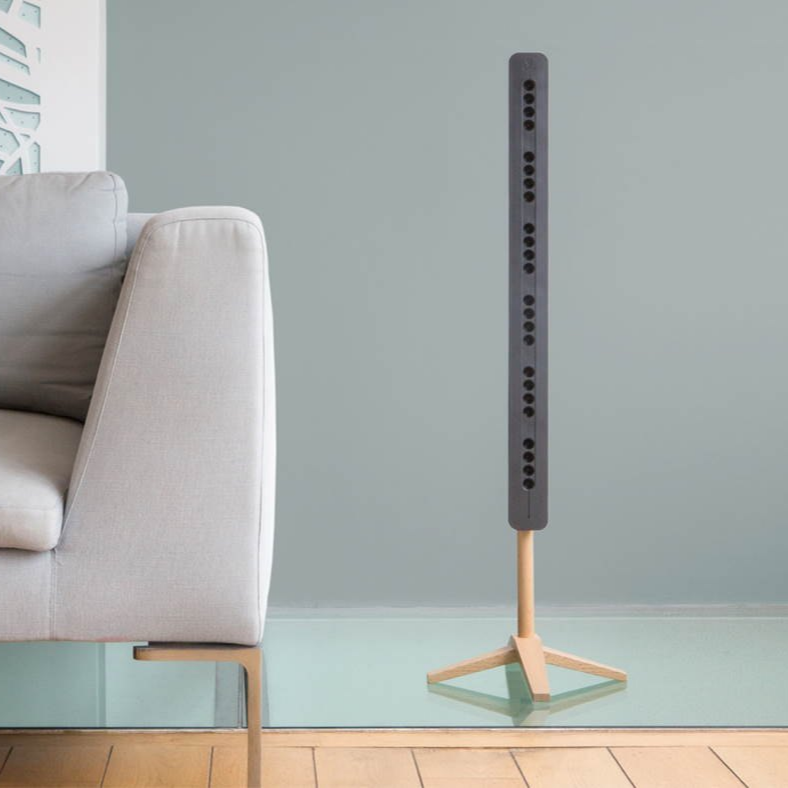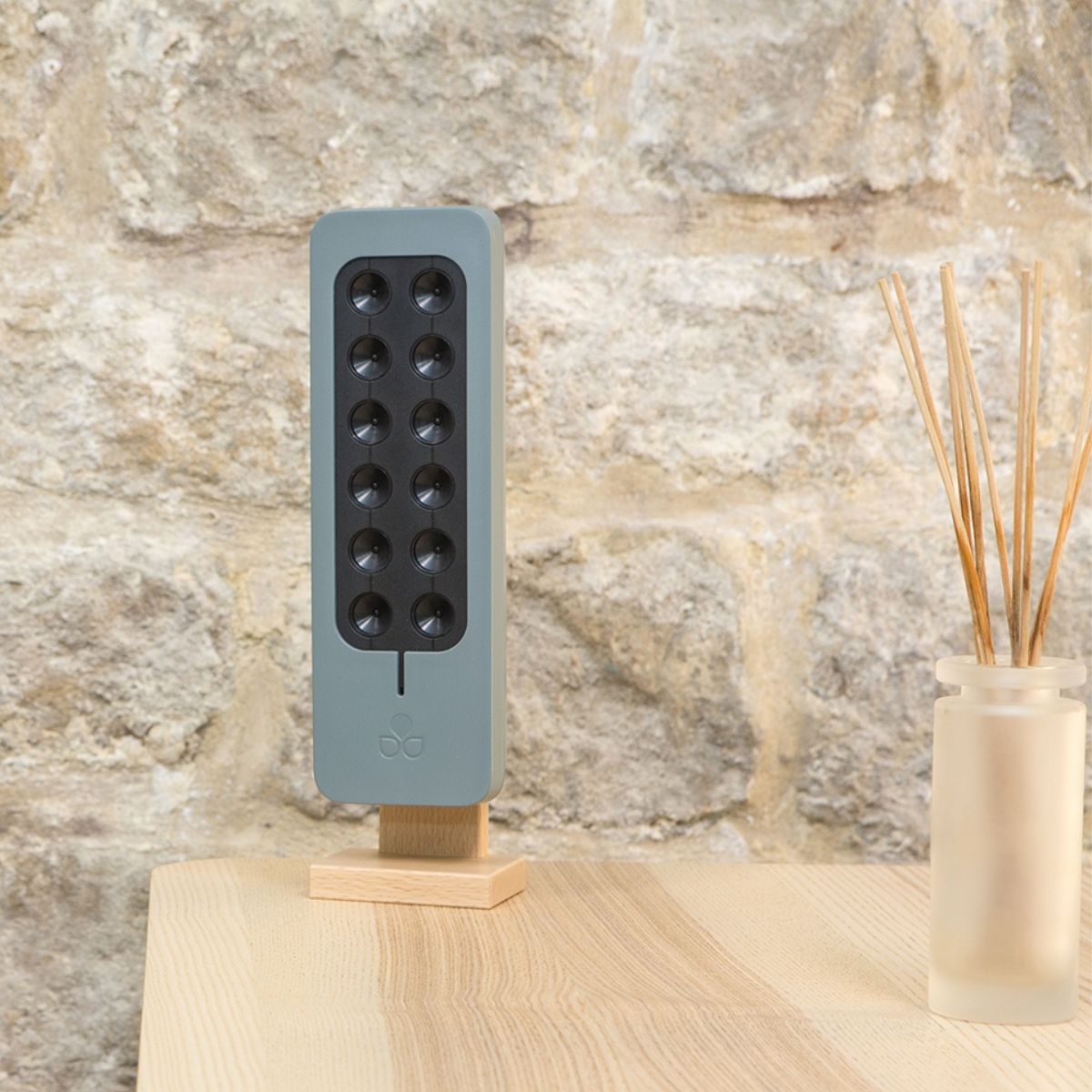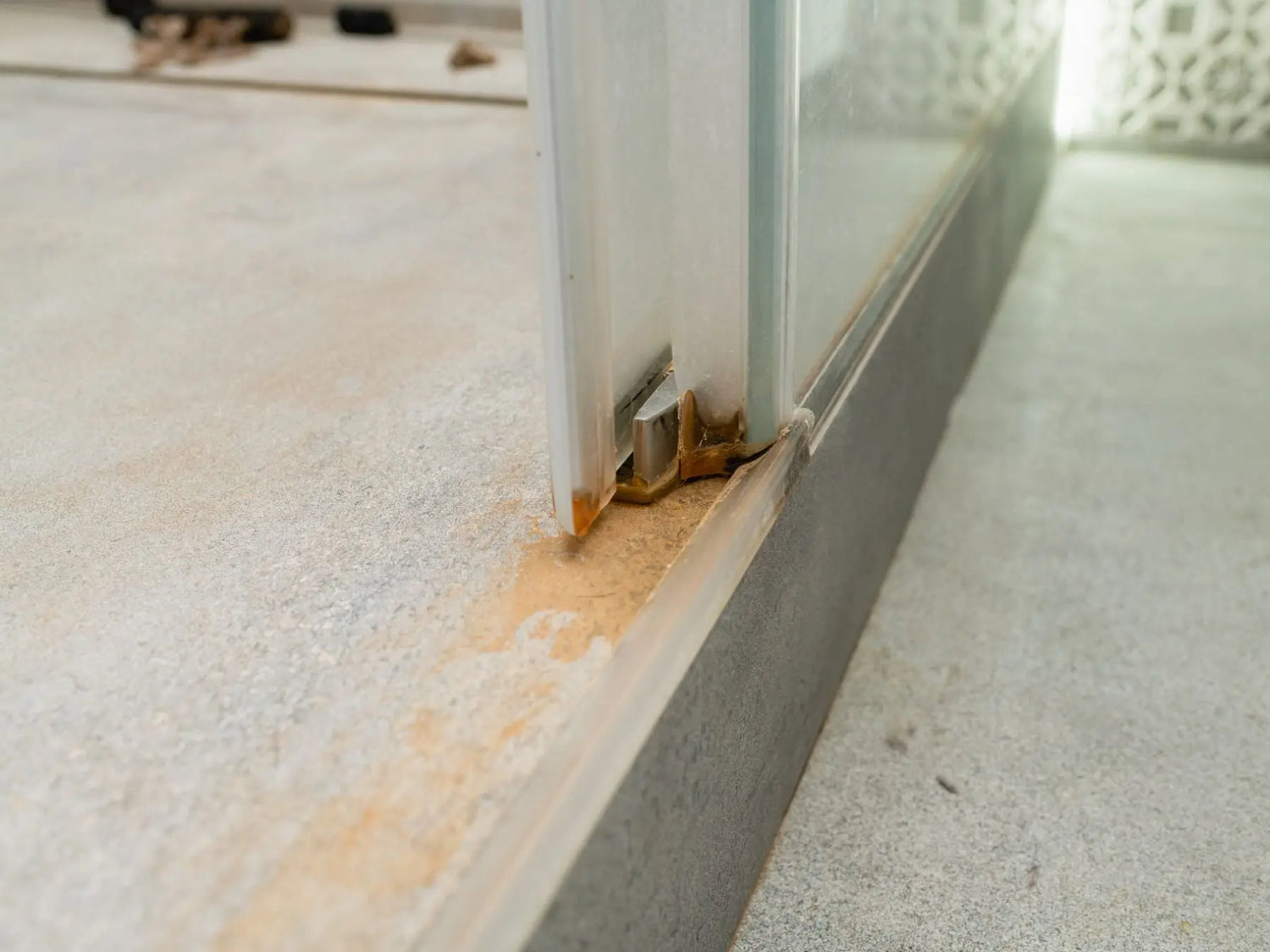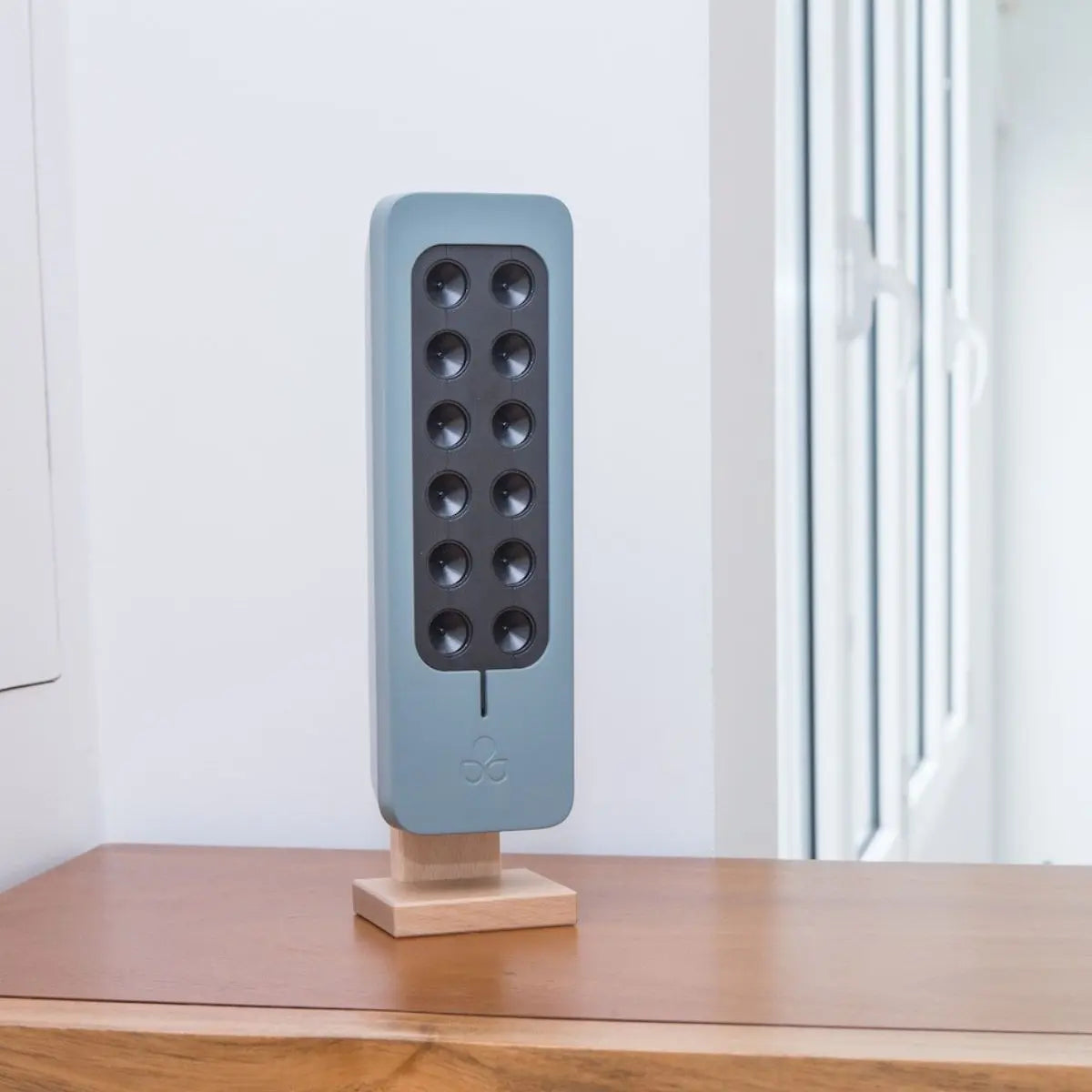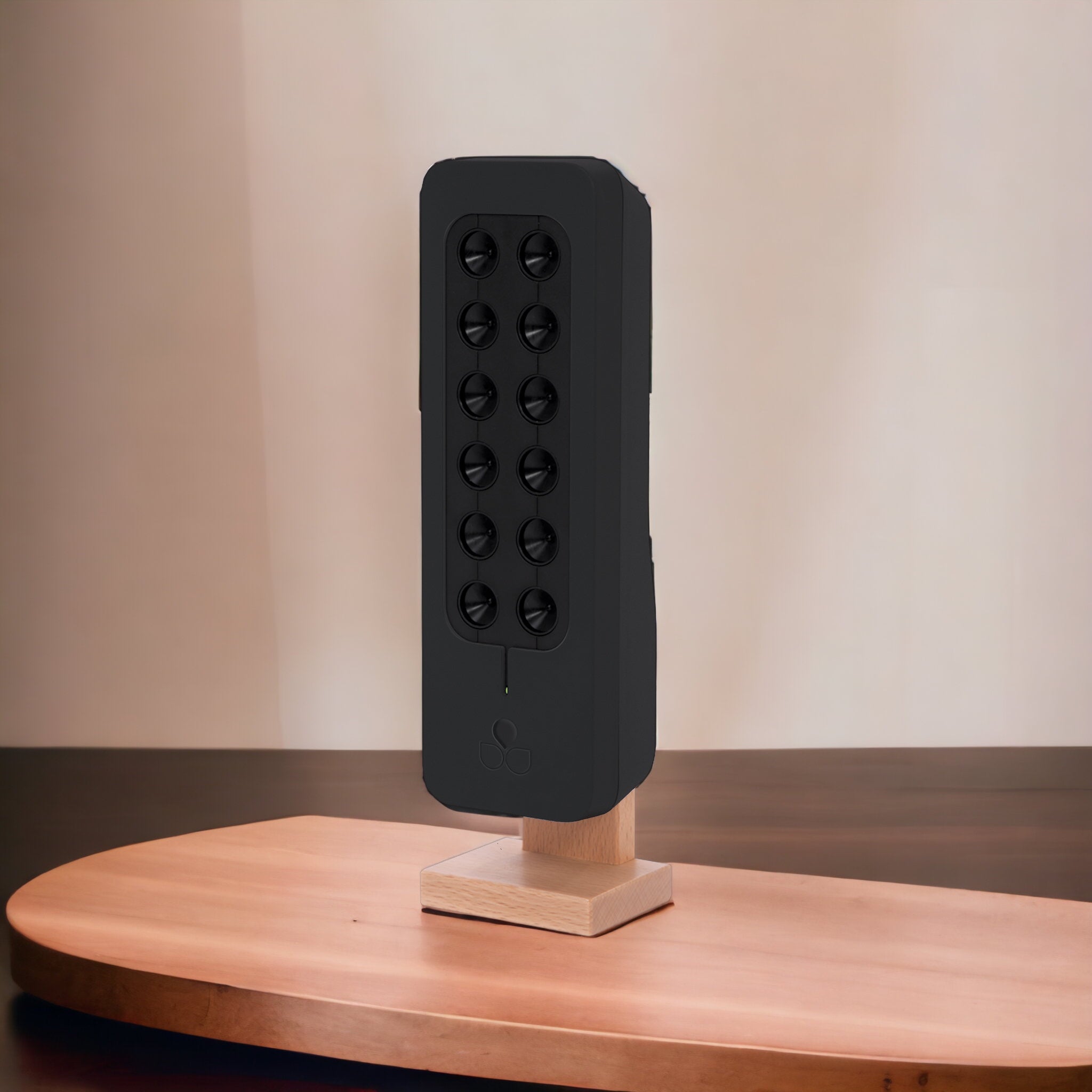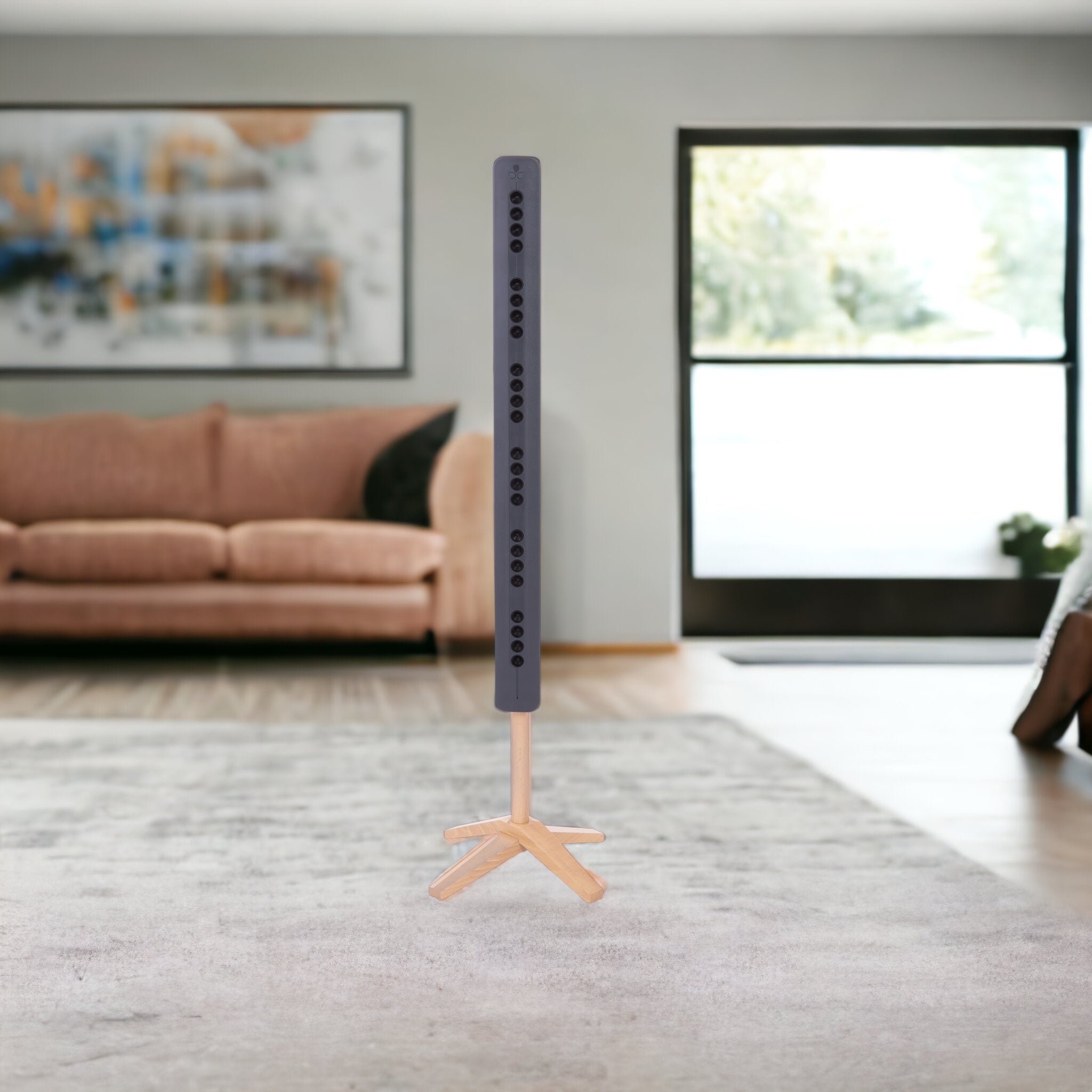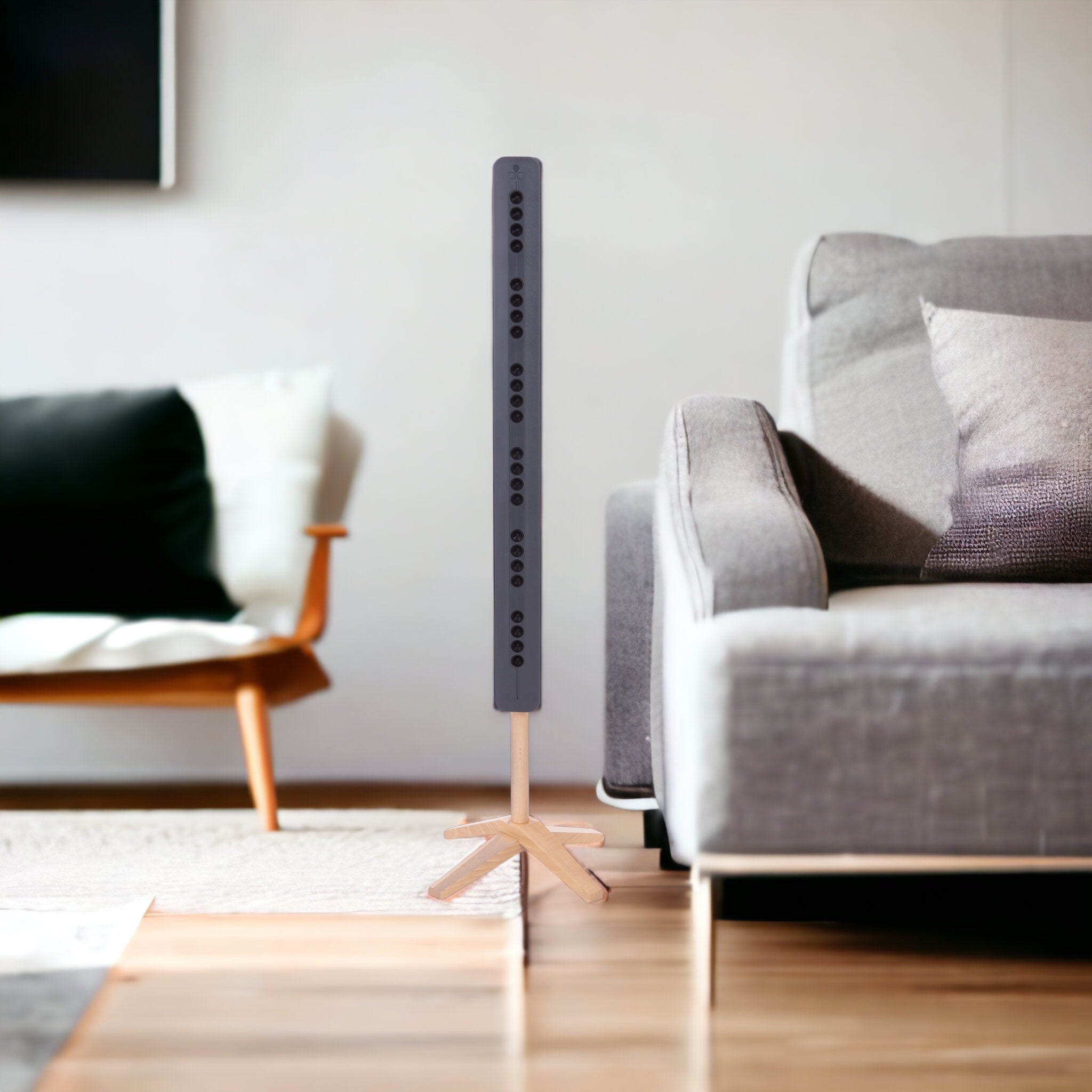The Ubiquitous Nature of Molds
Molds are microscopic organisms that reproduce by releasing spores into the environment. These spores are incredibly resilient and can survive under harsh conditions. They latch onto various "vehicles," including drafts, clothing, and animals, making their way into homes. Once inside, they can quickly proliferate, particularly in damp environments1.
Molds: A Major Indoor Air Pollutant
According to a national "Housing" campaign carried out by the Observatoire de la Qualité de l'Air Intérieur, around 40% of the residential stock was contaminated by mold, which equates to more than 9 million dwellings1. These statistics underscore the prevalence of molds as one of the main sources of indoor air pollution1.
Health Implications of Mold Exposure
Mold exposure can lead to various health issues, especially for those who are allergic. The health effects associated with mold exposure range from allergic reactions, such as asthma and allergic rhinitis, to more severe effects, including toxic or inflammatory risks1.
Allergic Reactions
Inhalation of mold spores may trigger allergic reactions in sensitive individuals, resulting in symptoms like sneezing, runny nose, red eyes, and skin rash2. These allergic reactions can be immediate or delayed, and in some cases, molds can also cause asthma attacks2.
Non-Allergic Effects
Exposure to mold can also lead to non-allergic effects, such as irritation of the eyes, skin, nose, throat, and lungs2. However, distinguishing these effects from allergic reactions can be challenging as they involve similar symptoms1.
Infectious Risks
Inhalation exposure to molds can lead to the development of opportunistic fungal infections, primarily affecting individuals with compromised immune systems1.
Common Varieties of Molds
There are numerous varieties of molds, but the most common ones include Alternaria, Aspergillus, and Cladosporium1. While molds can have adverse effects on health, they are rarely significant pathogens for humans3.
Mitigating the Threat of Molds
To mitigate the threat of molds, it's crucial to maintain a clean and dry indoor environment. When mold growth is discovered, it's important to identify and eliminate the source of moisture supporting its growth before carrying out the remediation process3.
What Not to Do
While cleaning up mold, it's essential to avoid practices that may exacerbate the problem or introduce new pollutants. For instance, avoid using bleach, which is toxic to humans and harmful to furniture. Also, avoid using fungicides unless advised by a specialist1.
Leveraging Technology for Mold Prevention: The Role of Air Purifiers
Air purifiers, like the ones developed by TEQOYA, can play a significant role in preventing air pollution caused by molds1. These devices work on the principle of negative ions and can purify up to 99% of polluting particles1. They are noise-free, consume minimal energy, and can effectively limit the airborne movement of mold spores1.
Conclusion
Molds are a significant contributor to indoor air pollution, with potential adverse effects on human health. Therefore, it's essential to take proactive measures to prevent mold growth and ensure the quality of indoor air. Using air purifiers can be an effective strategy in this regard, helping maintain a healthy and safe indoor environment.

